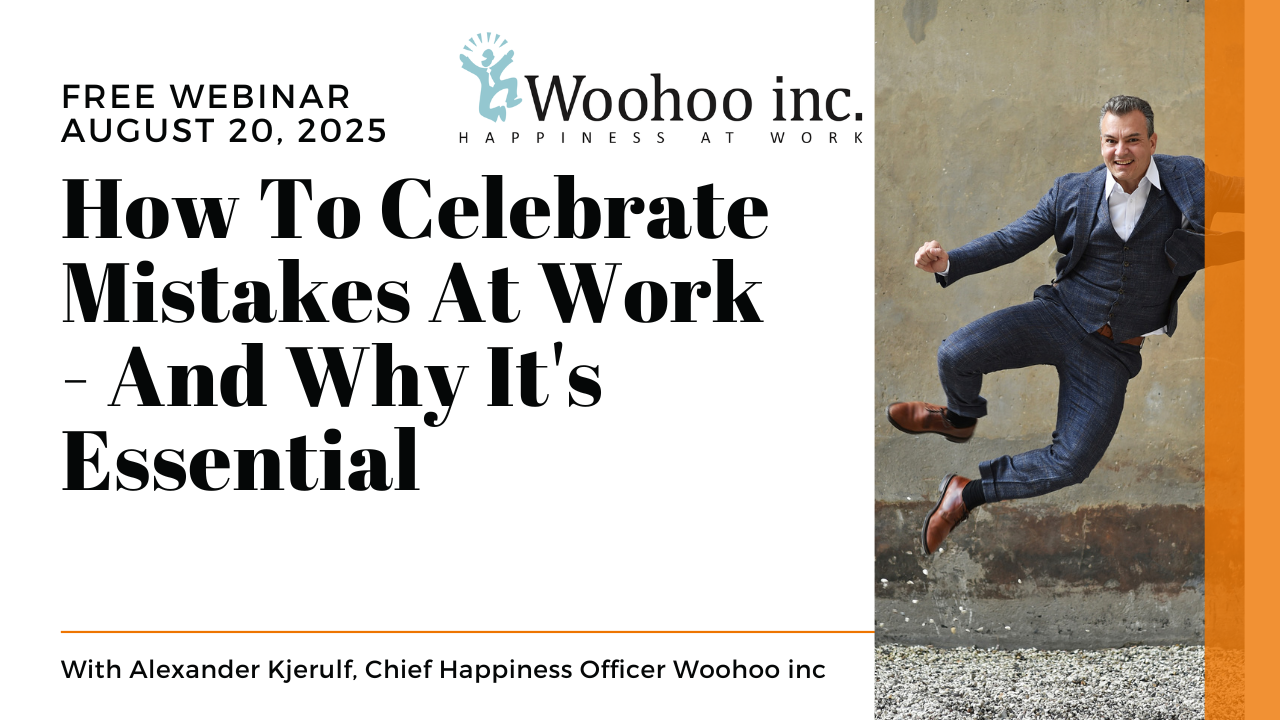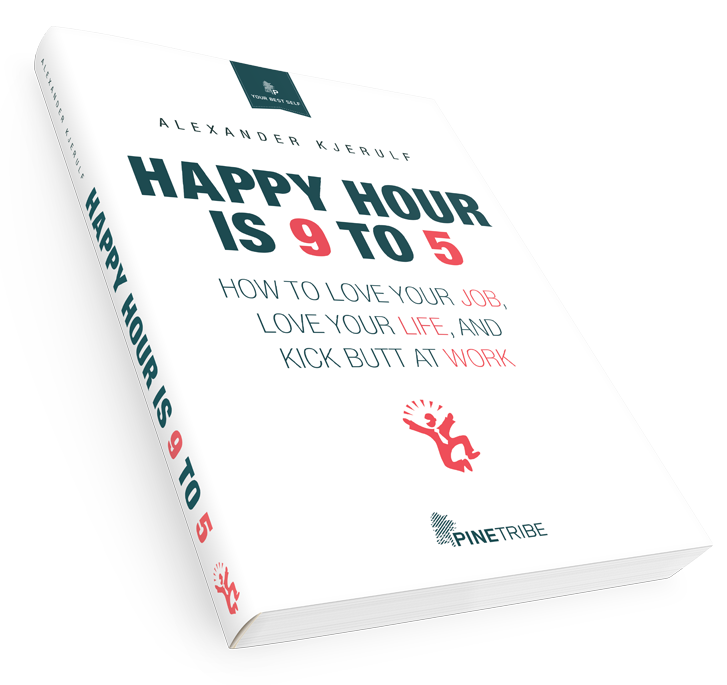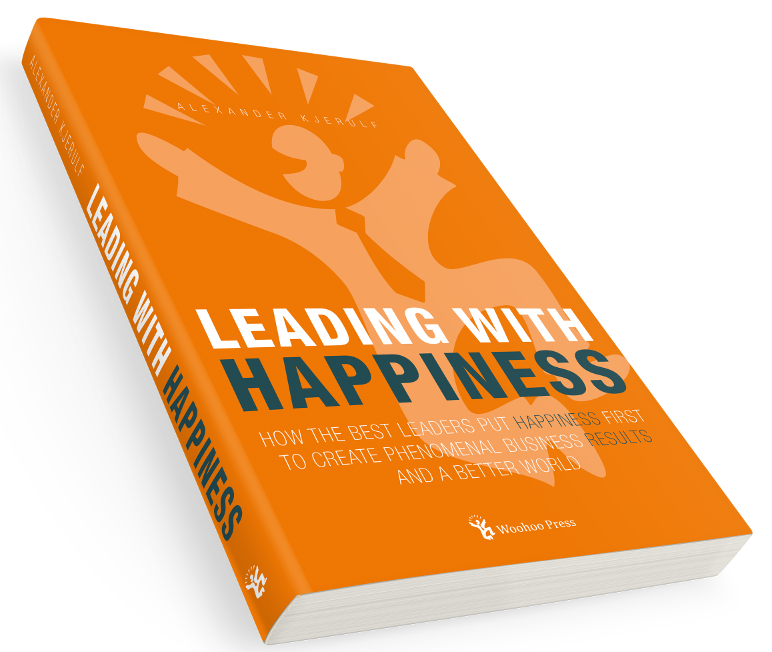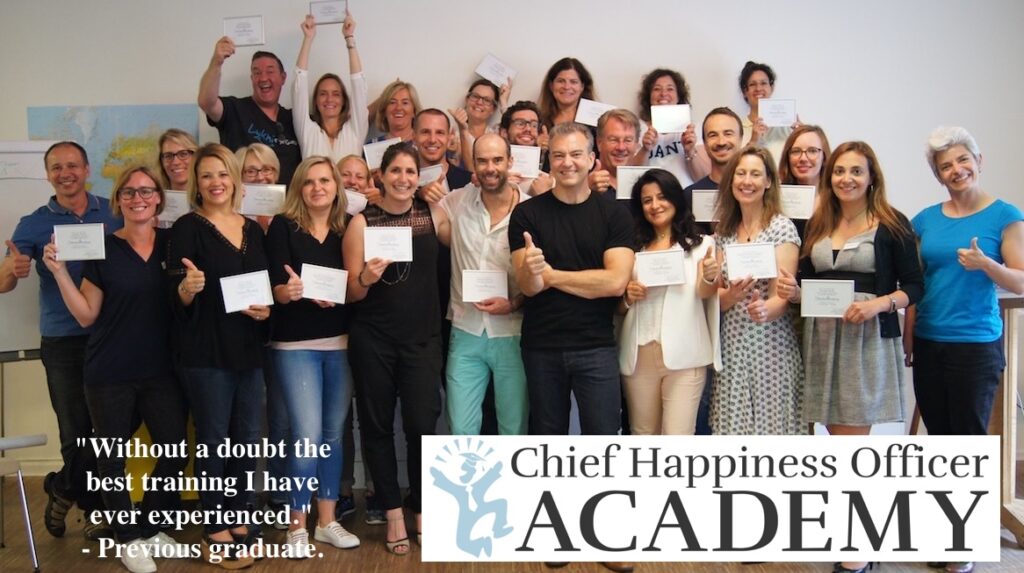https://www.youtube.com/watch?v=VARXw5NoalY
I’ve been pretty unhappy in my job for quite a while now. The workplace is fairly stressed, I feel completely unappreciated and I can’t really see the purpose of most of the work I do.
I want to get out of there but whenever I discuss the idea of quitting with my friends and family, I get the same reactions: “Are you sure that’s the right thing to do? Surely your job can’t be that bad. Maybe things will get better.”
My parents were worried how I would provide for my family and basically called me selfish for not just sticking with it. One friend even warned me “quitting will look bad on your CV.”
Quitting a job you don’t like is a tough call and it’s made tougher by some very persistent myths. These myths create a social stigma around quitting – which is silly because quitting is perfectly natural. In fact, 10-15% of us do it every year.
These myths keep us stuck in bad jobs and give bad leaders and toxic workplaces much more power over us than they would otherwise have. Let’s change that. Here are the Top 5 Myths About Quitting.
Myth #5: Quitting = failure
- “Don’t be a quitter.”
- “No one likes a quitter.”
- “Winners never quit and quitters never win.”
Do any of these sound familiar? According to traditional thinking, once you’ve started something you should never quit and if you do it’s a clear sign of failure.
I say that’s completely wrong and sometimes quitting is exactly the right thing to do. I’m reminded of the story of Danish opera soprano Tina Kiberg.
As a child, Tina was a pretty good violinist and spent her free time practicing and practicing. One day she participated in a violin contest and realized that she would never be more than a mediocre violinist and that she also enjoyed singing more. She quit the violin, took up singing and became a leading international opera singer.
If she had seen quitting as always the wrong thing to do, she might have been stuck with the violin.
Also, try to guess what these somewhat successful people have in common: Larry Page, Sergey Brin, Tiger Woods, Reese Witherspoon, John McEnroe and John Steinbeck?
Yep, they all dropped out of Stanford.
Truth #5: Sometimes quitting is the way to success in something else and staying = failure.
Myth #4: Quitting is the easy way out
You quit your job? Well, I guess you don’t have what it takes to succeed. Too bad you couldn’t hack it and chose the easy way out.
Some people see quitting as a sign of weakness. I say that’s nonsense. In fact, the easy thing to do is to just keep mindlessly going into that job you hate day after day, year after year. It may be horrible, but you know what you have and you avoid the uncertainty of making big life-changing decisions.
Quitting on the other hand takes guts. In fact, quitting a workplace that is toxic or getting away from a boss who’s a complete jerk can be a downright heroic act.
Truth #4: Quitting can be a courageous (or even heroic) act.
Myth #3: Quitting is selfish
How can you be so selfish and quit your job? You’re letting down the workplace, your customers and your coworkers. Also, think of your family – how are they going to manage if you quit?
Wrong.
If you don’t like your job, you’re doing no one a favor by staying. When you’re unhappy at work, it tends to affect everyone around you through a phenomenon called emotional contagion and there’s a good chance you’re making your coworkers and possibly even customers less happy.
As for your family, maybe they would be happier if you didn’t come home from work every day tired and frustrated. You might even set an example for your kids. A member of the audience asked me this at one of my speeches last year:
If you go into work day after day, year after year, and really hate your job and come home stressed and angry – what are you teaching your kids?
Truth #3: Quitting is not inherently selfish.
Myth #2: Quitting is risky for your career
If you quit your job it’s going to look bad on your CV and your career will take a hit.
Yes – and staying for years in a job you hate and that is slowly wearing you down is going to be AWESOME for your career.
This myth completely ignores the career risks of staying in a job you hate. In fact, the longer you stay, the more you lose the energy, motivation and self-confidence you need to advance your career.
Truth #2: Sometimes quitting is the best thing you can do for your career.
Myth #1: Quitting is a last resort
Sure you can consider quitting, but you should exhaust all other options first. You only quit when everything else has failed.
For people who believe this myth, quitting is the very last option. It’s what you do once you’re too broken and exhausted to possibly stay on at your current job.
That makes this potentially the most dangerous of the myths listed here, because it means people stay in bad jobs until (or past) their breaking points.
Truth #1: Quit when it’s the right thing to do – not when it’s the only option left.
The upshot
Whenever a friend tells me they’ve quit their job my instant reaction is always “Awesome! You made a tough career decision. You took initiative and decided to move away from a bad job or into something even better.”
I say we start celebrating those who quit their jobs for the brave, motivated and proactive individuals they are.
Your take
Did I miss any myths about quitting? Have you encountered any of these in your work life? How do you react when someone close to you talks about possibly quitting their jobs?
Related














